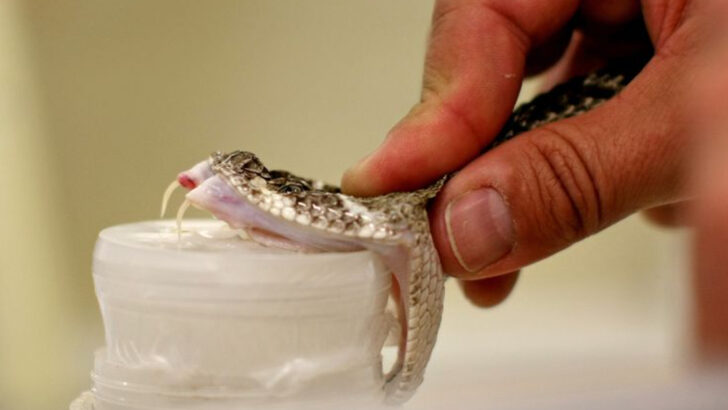Snakes have been saving lives for thousands of years.
Yes, the same creatures that slither through nightmares have also slithered into medicine cabinets and operating rooms.
From venom turned into heart medication to ancient healers brewing up snake-based cures, these scaly pharmacists have a long, bizarre resume.
Civilizations once feared them, worshiped them—and also crushed them into potions.
Fast forward to today, and science is still taking notes from the serpent.
Life-saving antivenoms, chronic pain treatments, even cancer research—snakes are quietly slinking into modern breakthroughs.
They’re not just survival symbols.
They’re medical MVPs with fangs full of unexpected potential.
Ready to meet the cold-blooded healers behind some of the most surprising stories in medicine?
Let’s shed some light on the legends, the science, and everything in between.
Ancient Snake Remedies

In the ancient world, snakes were often regarded as symbols of healing and rebirth. The Greeks worshipped Asclepius, the god of medicine, often depicted with a serpent-entwined staff. This imagery endures today as a symbol of medicine.
Ancient healers used snake venom for its potential curative properties, believing it could cleanse the body of toxins. While their understanding was rudimentary, their intuitions laid groundwork for future discoveries.
Snakes were not only feared but revered, embodying both danger and a source of miraculous cures.
Vedic Snake Charms

In Vedic tradition, snakes were integral to spiritual and physical well-being. Ancient texts describe using snake charms for healing ailments and warding off malevolent spirits.
These rituals often involved chanting and ritualistic offerings, believed to appease snake deities who controlled health and fortune. Such practices highlight the cultural significance of snakes in ancient Indian medicine.
While modern science doesn’t recognize these charms, they illustrate the historical connection between humans and snakes in the quest for health.
Chinese Medicine and Snake Wine
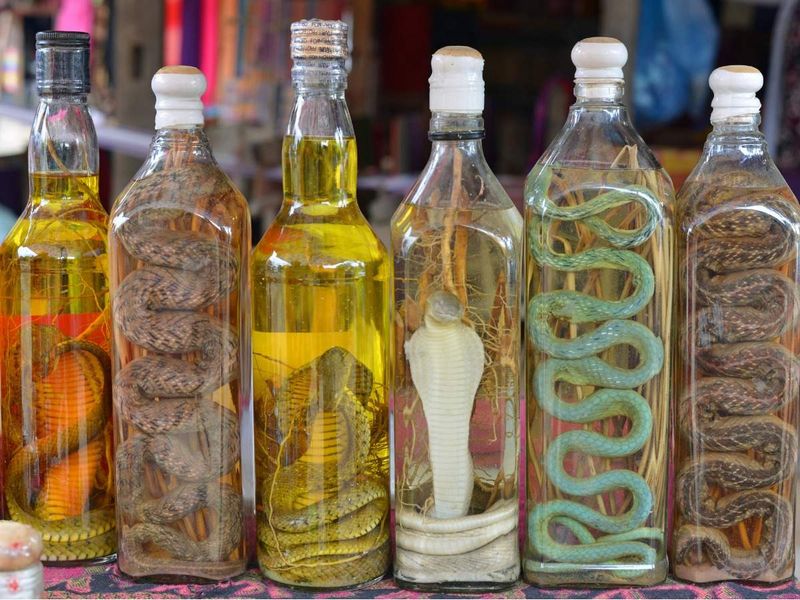
In traditional Chinese medicine, snakes are more than just creatures to fear. They represent potent sources of healing. Snake wine, created by infusing whole snakes in alcohol, is commonly used to treat ailments like arthritis and rheumatism.
This practice stems from the belief that consuming snake-infused products transfers the snake’s vitality to the consumer, offering strength and healing.
Despite skepticism, snake wine remains a popular remedy, underscoring the enduring trust in snakes’ medicinal value across cultures.
Mayan Snake Rituals

The ancient Mayans held snakes in high esteem, associating them with regenerative powers. Rituals involving snakes were central to their healing practices, often performed by priests believed to communicate with spiritual realms.
These ceremonies combined chants, incense, and snake symbolism, aiming to cure illnesses and ensure community well-being.
Modern interpretations might view these rituals as symbolic, yet they reveal the deep-rooted belief in snakes’ mystical abilities to heal and transform.
Snake Venom in Modern Antivenoms
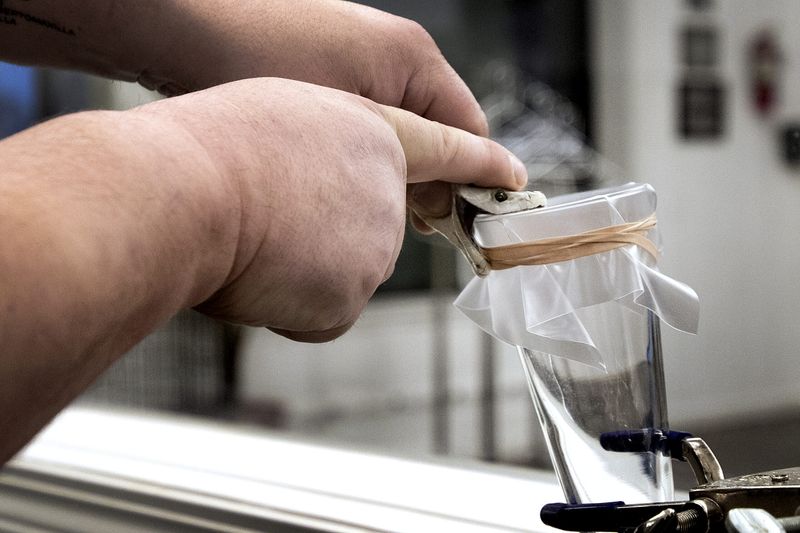
Snake venom, once a feared poison, is now a cornerstone in creating life-saving antivenoms. Laboratories carefully extract venom from snakes like cobras and vipers to develop treatments for snakebite victims.
These antivenoms neutralize the toxins, preventing fatalities and alleviating symptoms. The process is complex, requiring precision and expertise.
By transforming a lethal substance into a remedy, science has harnessed snakes’ deadly power for good, saving countless lives each year.
Research in Neurotoxins

Beyond antivenoms, snake venom has unlocked new frontiers in neurological research. Certain neurotoxins found in snakes are being studied for their potential in treating conditions like epilepsy and Alzheimer’s.
These toxins target nerve cells, offering insights into nervous system function and potential therapeutic pathways. The unique properties of snake venom continue to inspire innovative treatments.
Research is ongoing, but the possibilities highlight how snakes contribute to understanding complex medical challenges.
Snake Oil: Myth and Reality
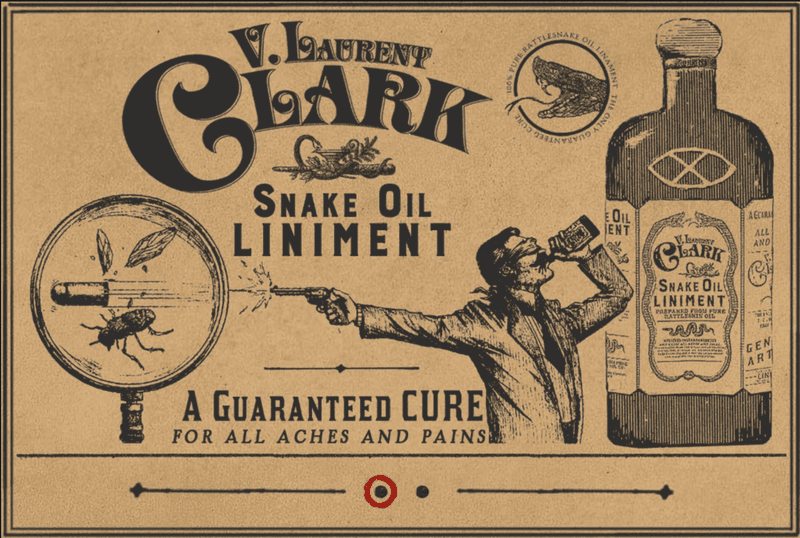
The term “snake oil” often evokes skepticism, yet its origins are rooted in genuine snake-based remedies. Chinese workers in the 1800s used snake oil, derived from water snakes, to alleviate joint pain.
While many products labeled as snake oil lacked efficacy, the original formula had real benefits. Western misconceptions fueled myths, overshadowing its legitimate uses.
Today, the term symbolizes dubious cures, but historically, snake oil had its place in genuine medicinal practices.
Snake-Derived Cancer Treatments
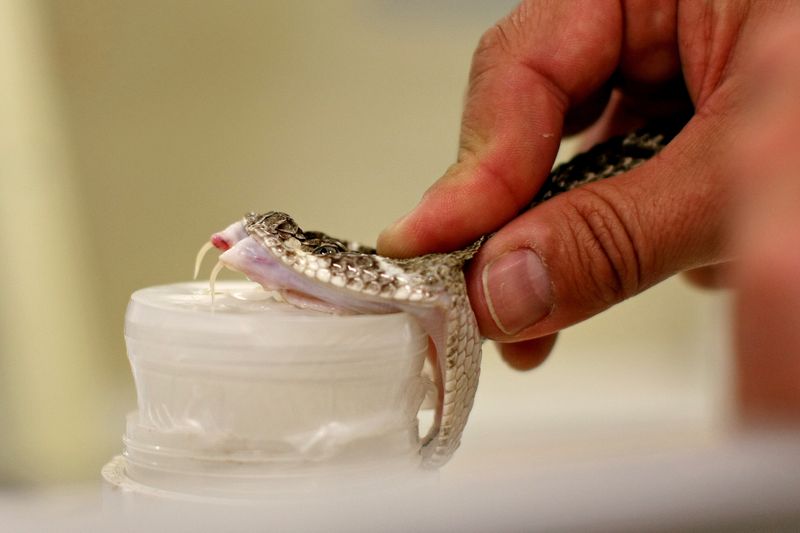
Cutting-edge research explores snake venom’s potential in cancer treatment. Certain proteins in venom can target cancer cells, minimizing harm to healthy tissue.
This precision could revolutionize oncology, offering targeted therapies with fewer side effects. The journey from venom to viable treatment is complex yet promising.
As science advances, snakes may play a surprising role in future cancer therapies, turning a feared poison into hope for patients.
Cardiovascular Breakthroughs

Some snake venoms affect blood pressure, sparking interest in cardiovascular research. Compounds found in these venoms have led to breakthroughs in treating hypertension.
The discovery of ACE inhibitors, a class of medication derived from snake venom, transformed heart disease management, saving millions of lives.
Snakes, once feared, now contribute to heart health, showcasing the unexpected benefits of their venomous arsenal in modern medicine.
Pain Management Innovations

Snake venom offers a novel approach to pain management. Certain compounds in venom block pain signals without the addiction risk of opioids.
Research into these compounds aims to develop safer pain relief options, providing hope for chronic pain sufferers. The precision of venom components offers targeted action, potentially transforming pain treatment.
As scientists unravel venom’s secrets, snakes might hold the key to future breakthroughs in managing pain effectively and safely.
Snake Venom in Cosmetic Procedures
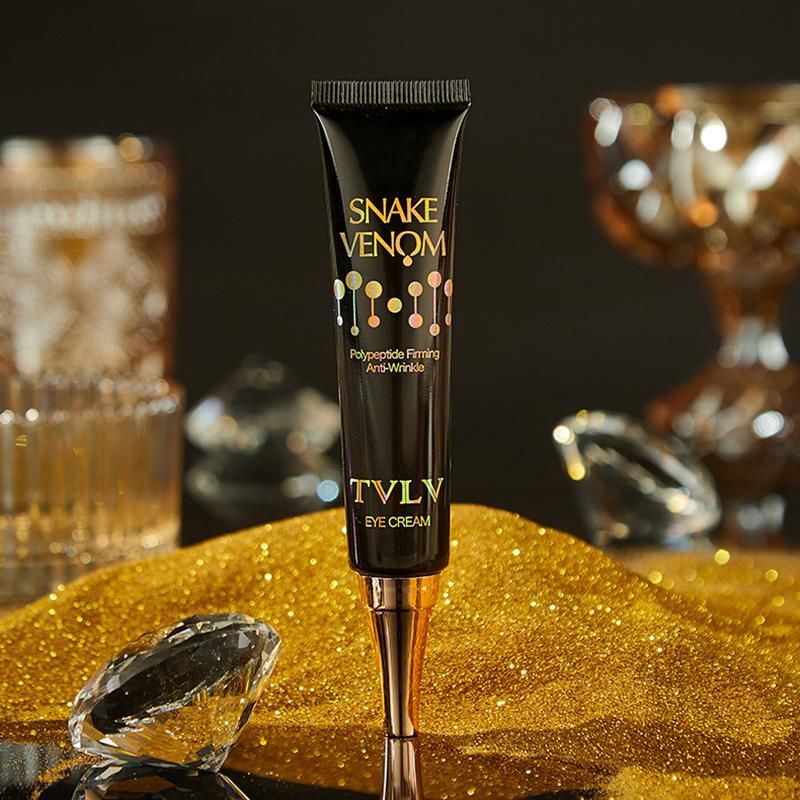
In the beauty industry, snake venom is making waves. Certain proteins mimic Botox effects, offering anti-aging benefits without invasive procedures.
These creams relax facial muscles, reducing fine lines and wrinkles. The allure of snake venom in cosmetics lies in its natural origin and effectiveness.
Beauty enthusiasts embrace these products, drawn by the exotic appeal and potential for youthful skin. Snakes, it seems, hold secrets to maintaining a youthful glow.
Venomous Snakes in Zootherapy

Zootherapy, using animals for therapeutic purposes, includes snakes in its repertoire. Interactions with snakes can reduce anxiety, providing a calming effect for some individuals.
Therapists incorporate snakes to help patients overcome fears, fostering confidence and resilience. The unique nature of snakes offers a captivating and transformative experience.
Though unconventional, snake-assisted therapy is gaining attention for its potential mental health benefits, highlighting another facet of snakes’ role in healing.
Cultural Symbolism and Health

Culturally, snakes symbolize rejuvenation and healing. Across civilizations, they feature prominently in myths and medical symbols, like the Rod of Asclepius.
These symbols reflect humanity’s respect for snakes’ medicinal prowess and transformative powers. The intertwining of snakes with health represents the delicate balance of life and death.
Understanding this symbolism enriches our appreciation of snakes’ historical and ongoing contributions to medicine, transcending fear to celebrate their vital role.
Bioprospecting and Snake Conservation
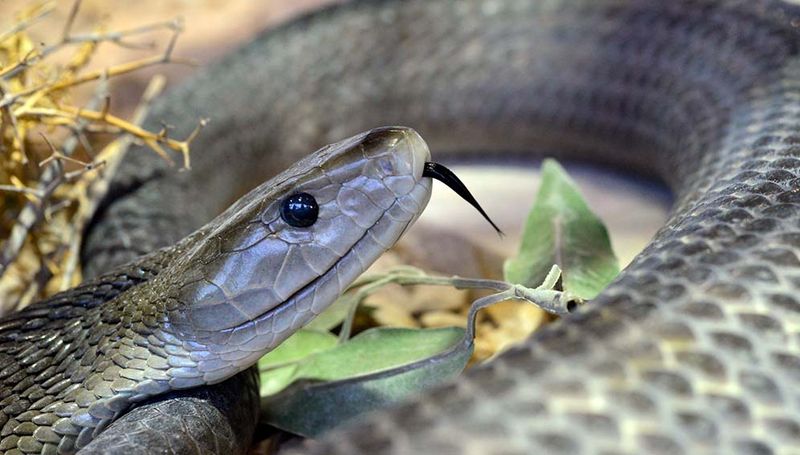
Bioprospecting seeks new medical compounds in nature, and snakes are prime candidates. Venom offers a rich resource for potential drugs, prompting conservation efforts to protect these creatures.
Researchers explore venom’s capabilities, balancing scientific discovery with ecological preservation. Protecting snake habitats ensures continuous access to this valuable genetic resource.
As we unlock venom’s potential, conserving snake populations becomes crucial, ensuring their role in advancing medicine persists.

